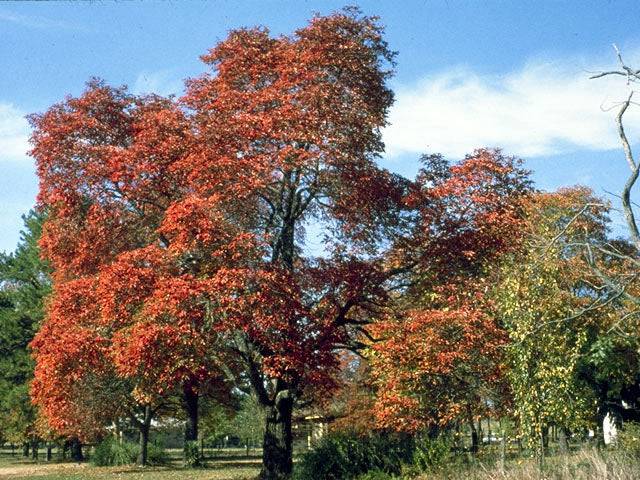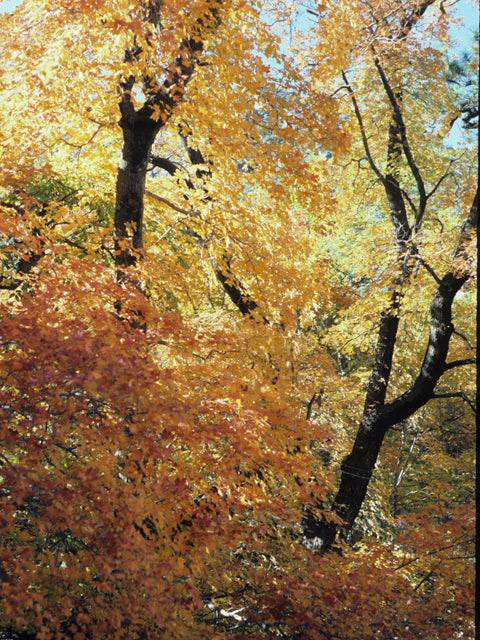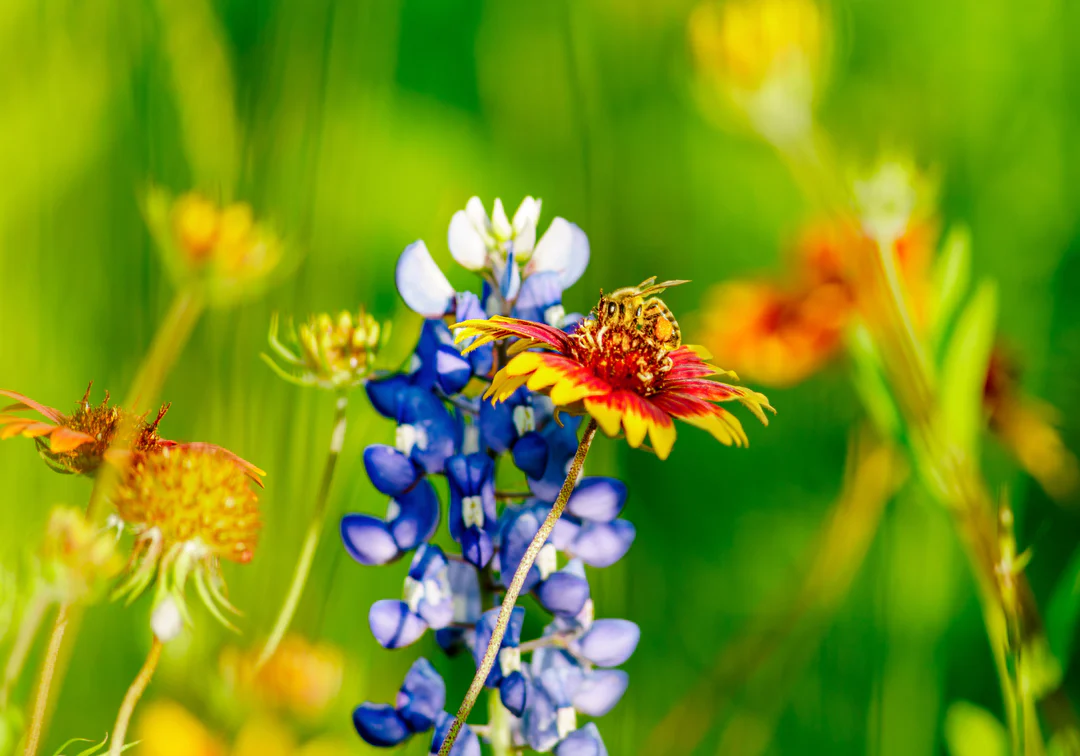Bigtooth Maple
- Shipping Available
- In stock, ready to ship
- Backordered, shipping soon
Pickup currently unavailable at Native Gardeners
Pickup currently unavailable
407 South Pipeline Road East
Euless TX 76040
United States
+12148140932
Acer saccharum subsp. grandidentatum
The subsp. grandidentatum, also known as Acer grandidentatum, is commonly referred to as the Western counterpart to the sugar maple (Acer saccharum). Interestingly, it often grows shorter and can take on a shrub-like form in certain environments and climates. Its leaves are a bit smaller and have gentle, blunt teeth. Although it’s less common, you can find it in scattered populations stretching from southern Montana all the way to Utah, Arizona, New Mexico, and western Texas, with a special concentration in the beautiful Wasatch Mountains of Utah. Typically, it thrives in valleys, canyons, foothills, slopes, and near mountain streams at elevations ranging from 3000 to 7000 feet, though occasionally it can be spotted in some low desert areas.
This lovely plant goes by several names, including bigtooth maple, Wasatch maple, canyon maple, and western sugar maple. Its size can vary significantly depending on moisture levels, climate, and growing conditions. Shrubs found in drier locations like canyon slopes can reach heights of 10-20 feet, while tree forms in moister areas, such as canyon floors, can grow up to an impressive 50 feet tall. When cultivated, it usually develops into a small tree, standing 20-30 feet tall and wide. The dark green leaves, which can grow up to 4 inches long and wide, feature 3-5 blunt lobes, with the three upper lobes standing out beautifully, while the lower lobes may be smaller or missing entirely. As fall approaches, the leaves transform into stunning shades of red, yellow, and orange. In spring (April-May), you can admire its charming yellow-green flowers that bloom in pendant clusters (up to 2 inches long), followed by pairs of samaras that mature in the fall. The bark of the tree is smooth, thin, and gray-brown, and the tree sap can even be tapped to make syrup, much like that from sugar maple species.
This plant flourishes best in average, medium moisture, well-drained soils, whether basking in full sun or enjoying a bit of shade. It particularly loves moist soils and bright sunlight. Remarkably, it can handle heat and drought a bit better than its eastern and central North American sugar maple relatives.
Height: 20’-30'
Spread: 20’-30'
Bloom: March-April
Light: Full sun to Part Shade
Water: Medium
Zone: 5, 6, 7, 8
Origin: Western United States
Spring Shipping:
Orders are shipped within 7-10 business days. We will email you if there are expected delays.
When you order plants from our nursery, you can expect them to arrive in the best possible condition. Our team carefully packs each order using sturdy, biodegradable packaging materials.
Your plants' appearance may vary depending on the season and their current growth stage. We may cut back the leafy growth of some plants to prepare them for shipment and transplanting.
5 Gallon and Up: Any plant purchased to ship over 5 Gallons will be shipped bare root. This means we will remove the plant from its original pot, remove the soil surrounding the roots, and wrap the roots with a biodegradable plastic bag. This reduces weight and the likelihood of damage during shipping.
Once your plants arrive, it is essential to plant them as soon as possible. This will help them rebound and thrive. If you cannot plant immediately, water regularly and keep the roots off heat-conducting surfaces.
Newly transplanted plants often require more water until their roots are well established. Plan to water them 1-3 times weekly for the first few months.
Pairs well with

















